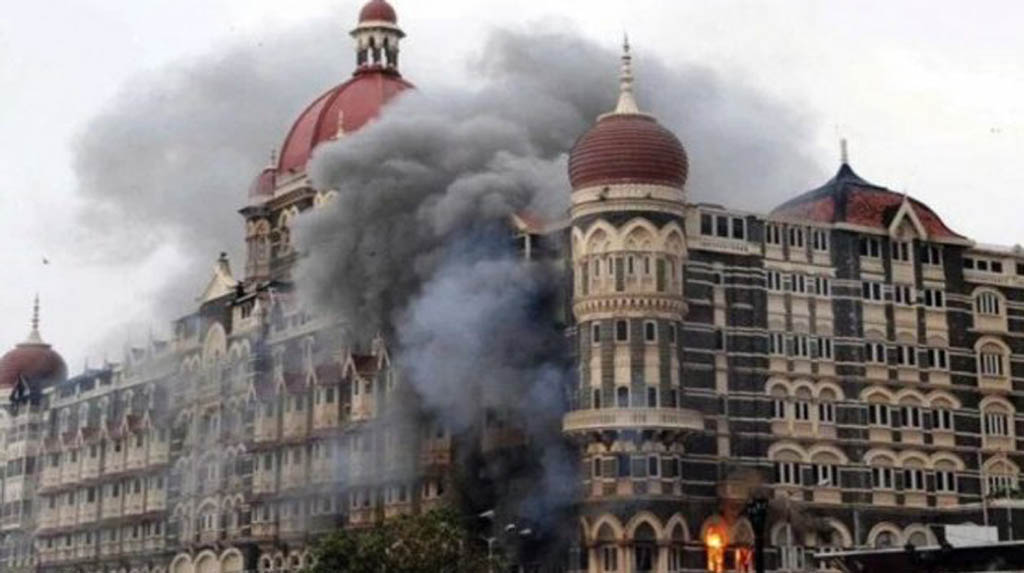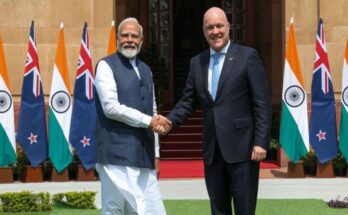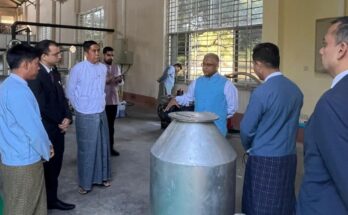Mumbai: The 2008 Mumbai terror strikes that took place on 26/11 were originally planned for September 27 that year and the Lashkar-e-Taiba wanted terrorist Ajmal Amir Kasab, who was the only one to be nabbed alive, was supposed to have a Hindu identity. Moreover, the absconder Indian mafia don Dawood Ibrahim Kaskar had plans to eliminate him.
These sensational revelations have come in the high-profile ex-Mumbai Police Commissioner Rakesh Maria’s book “Let Me Say It Now”, released here on Monday.
According to Maria, the LeT wanted him to be killed as a Bengaluru resident “Samir Dinesh Chaudhari”, with a red thread tied around his wrist to portray the attack as a case of “Hindu Terror”.
However, that plan did not workout and the police nabbed Ajmal Amir Kasab, who was from Faridkot in Pakistan.
The attacks were originally planned for September 27, 2008, which was the 27th day of Ramadan fasting, but for reasons Maria has not specified, it was postponed to finally happen after two months, on November 26 that year.
Maria also revealed that the fugitive mafia don, Dawood Ibrahim Kaskar — who is a wanted accused in the March 1993 Mumbai serial attacks — had ironically been assigned the task of killing Kasab with the help of LeT and Pakistan’s ISI. This would ostensibly erase the only living evidence of their heinous act.
Both the cases (1993 and 2008) were investigated by the former Mumbai ex-top cop.
Accordingly, Maria said it became his “first priority” to ensure Kasab’s safety, particularly in view of perceptible anger and hostility among the Mumbai Police personnel, besides the external threats.
The Mumbai policemen’s angst stemmed from the fact that around 16 Mumbai Police personnel, besides at least two NSG commandos were killed in the 60-hour terror operation at 11 locations in barely a five-square km area of south Mumbai in 2008, plus the 150 civilian casualties including around 26 foreigners.
Citing earlier reports that the 26/11 attackers carried fake identity cards of Hyderabad’s Arunodaya College, he said that similar fraudulent ICard was planned even for Kasab.
Kasab and his friend Muzaffar Lal Khan had joined LeT for robberies to improve their financial well being, get weapons and training to achieve this, and had nothing to with ‘jihad’ (holy crusade), Maria says in the book.
After Kasab’s arrest, Maria who had interrogated him said he (Kasab) believed that Muslims were barred from offering ‘namaaz’ and mosques were locked up in India.
To clear his misconceptions, Maria instructed Ramesh Mahale, one of the investigating team members, to take him to a mosque near Metro Cinema in a vehicle.
Witnessing the ‘namaaz’ in progress with his eyes, Kasab was quite bewildered as he even considered the daily five times ‘azaan’ (call to prayer for the Muslim faithful) — which he could hear in the police lockup — as a figment of his imagination.
During his several days of interrogation of Kasab after arrest, Maria said he acquired a deep insight into the psyche of terrorists’ operations, and the daily interactions forged a sort of bond between them, with Kasab soon addressing him respectfully as ‘Janab’ (Sir).
Kasab, 25, underwent a full trial in Indian courts and was finally hanged secretly in Pune’s Yerawada Central Jail on November 21, 2012 and buried at an unknown location.




